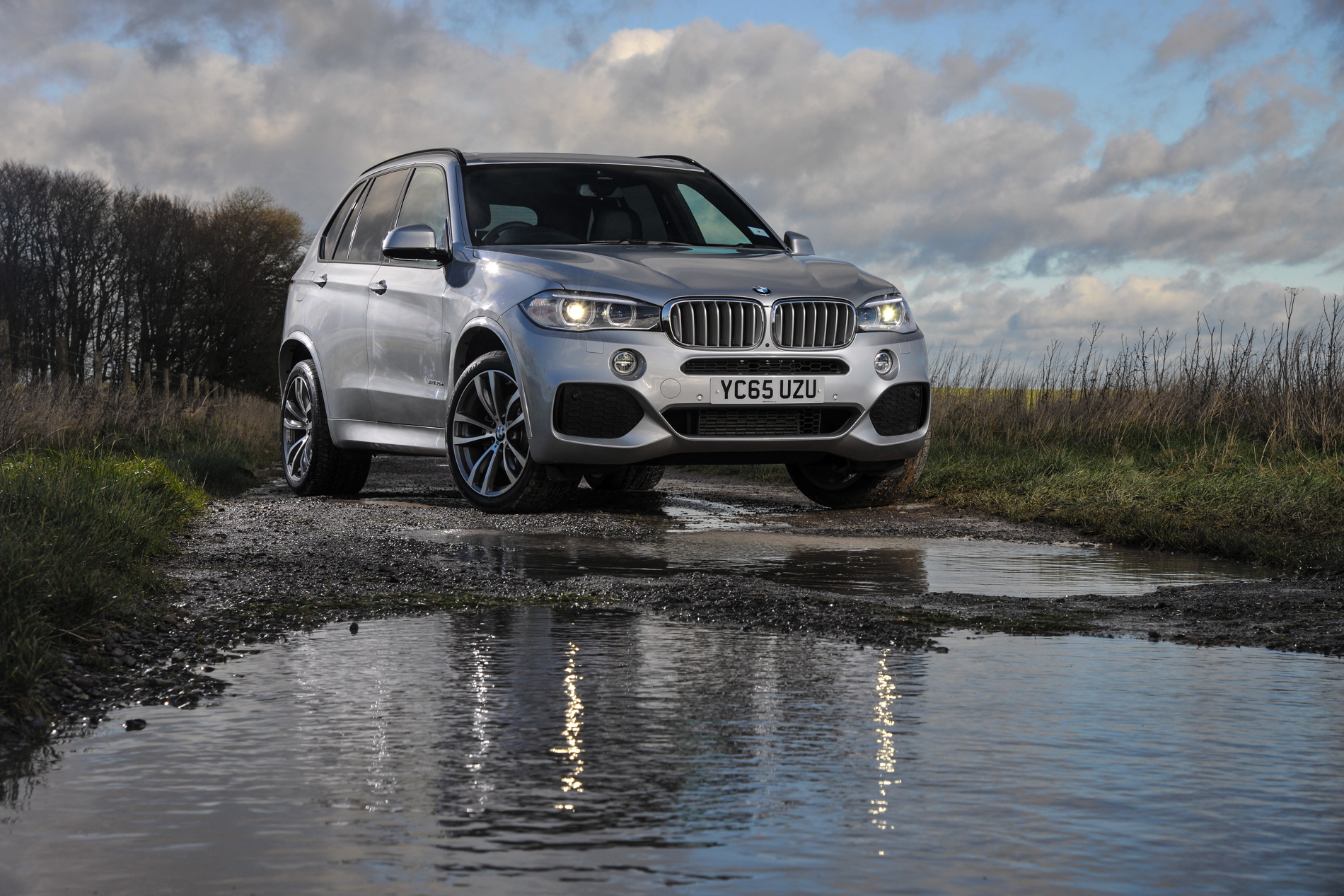In a recent comparison test done by Automobile Magazine, they compare the new BMW X5 xDrive40e with the all-new Range Rover Sport Td6. Both offer alternative powertrains to the typical gasoline-powered SUV, meant to offer similar performance while improving on fuel economy. Automobile calls the hybrid and diesel powertrains the Netflix and Hulu to gasoline’s cable television and, in many ways, that description is apt.
Currently, luxury SUVs are still some of the most popular luxury models on the planet, but they’re of a dying breed. Their big engines and poor fuel economy keep them stuck in the past, while EVs and hybrids take over. So many automakers are trying to release more efficient versions of their gas-sucking SUVs. Same kind of car, just different powertrain. Much in the same way of Netflix and Hulu, as both offer television programming, just from a different platform.
The Range Rover Sport is a slightly more old-school approach, however. Diesel engines are nothing new and, at least in America, losing they’re popularity. However, in Europe, over 90 percent of all Range Rover products are powered by diesel engines. So there must be something to it. And that something is likely the torque. The Range Rover Sport Td6 uses a 3.0 liter turbocharged V6 diesel engine that makes only 254 hp but also makes 443 lb-ft of torque. That’s some serious twist, coming from a 3.0 V6. And when mated to the familiar ZF-sourced eight-speed auto, it delivers silky smooth thrust that’s easy to modulate and enjoyable to use. Just a great powertrain and probably a better alternative to its gasoline 3.0 supercharged V6, although that engine does make a wonderful noise.
In case of the BMW X5 xDrive40e, it’s a much more high-tech affair. It uses a 2.0 liter turbocharged four-cylinder engine, mated to an eight-speed auto and an electric motor, making it a plug-in hybrid. This powertrain combines to develop 308 hp and 332 lb-ft of torque and is genuinely wonderful to use. The way the X5 eDrive is able to switch between hybrid and electric is so seamless that it’s simply amazing. The X5 eDrive is also capable of up to 14 miles under pure electric power alone and can be charged, at home or at a local charging station, from the panel on the front driver’s side fender. So when it comes to gasoline alternatives, the BMW is certainly more aimed at the future.

However, despite the differences in approaches, both cars returned eerily similar mpg figures. According to Automobile, the BMW eDrive just edged out the diesel ‘Rover with an average mph of 21.8, versus the Range Rover’s 21.3. However, more highway driving would have pushed the mpg ratings in the Range Rover’s favor while more city driving would have given even more of an edge to the X5 eDrive. So both have their strong suits.
Trying to figure out a winner is difficult, though. The BMW X5 xDrive40e is a fantastic car that amazes with its technology, but requires much more of a commitment from the owner, as owners must be constantly aware of its state of charge and know when/where to charge it to get the most efficiency out of it. The Range Rover Sport Td6 is a much more old-school car, adding almost no innovation to the segment. However, it’s much easier to use and requires less planning ahead for trips, just simply refuel at a different pump. The ‘Rover also has a further range. So it really comes down to which technology you want to use.
[Source: Automobile]





































































